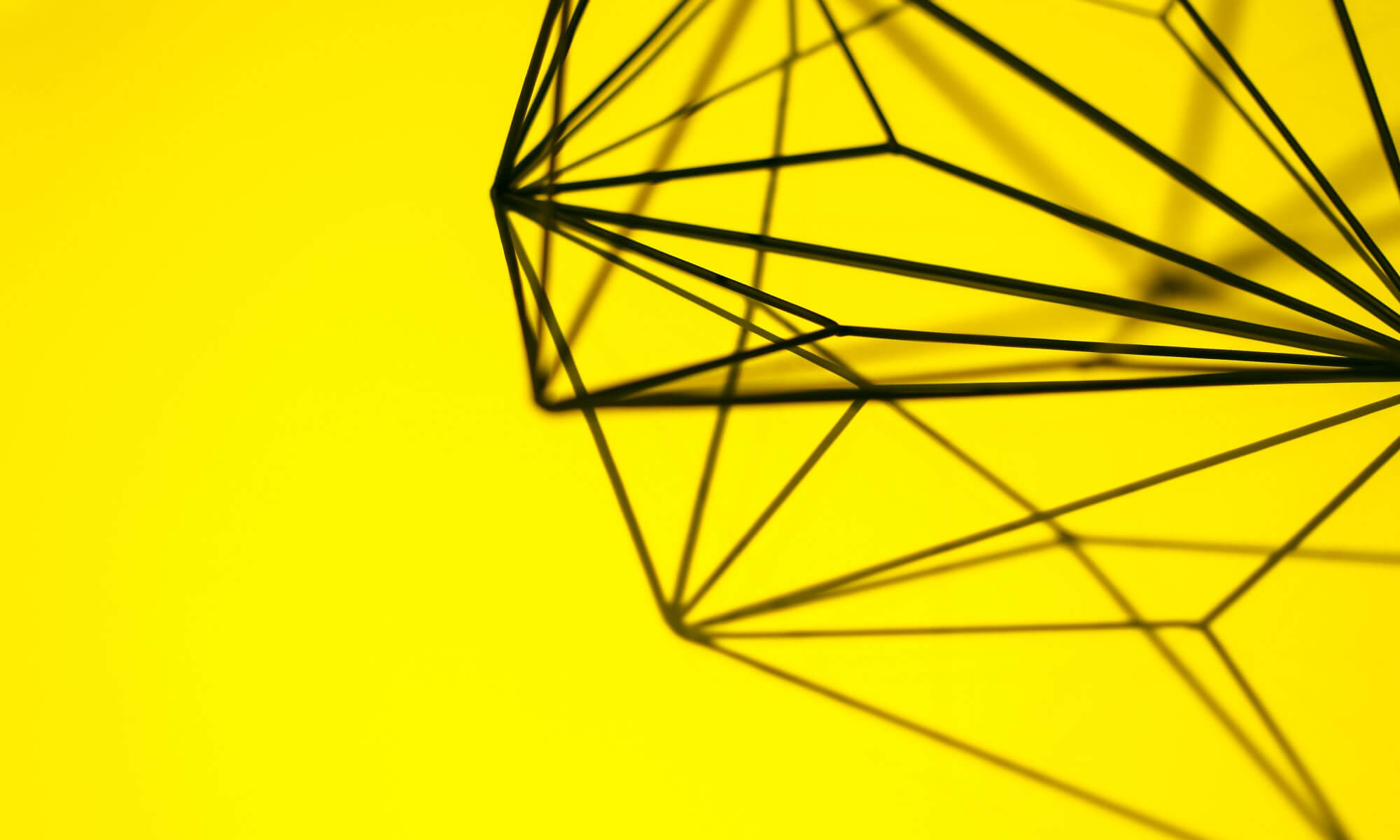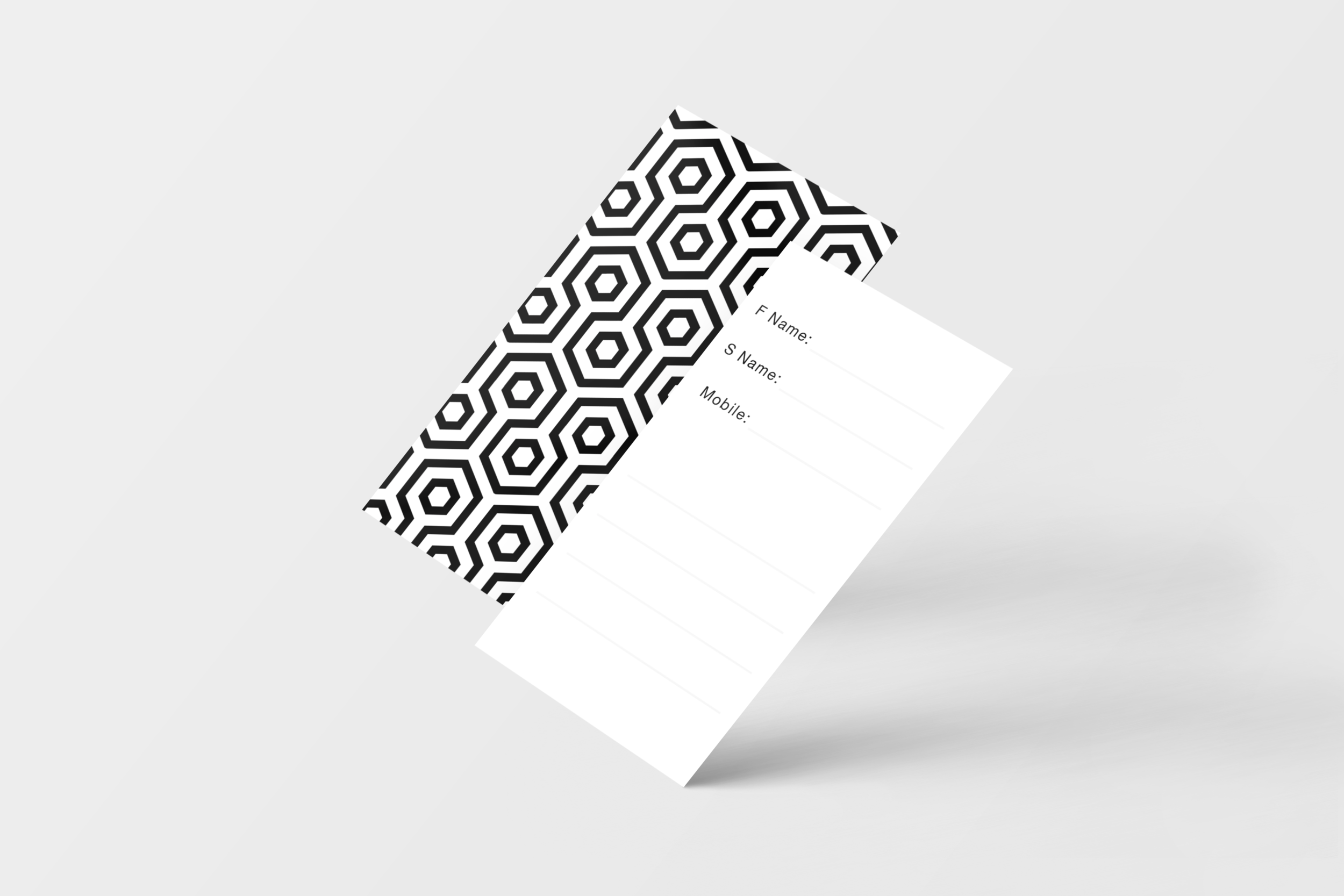Table Of Content

One that can be dynamically personalized to each users’ tastes. In this article, we’ll take a look into everything new, the first examples of apps designed with Material 3, and resources available to help you get the best out of it. As part of our app design software series, we take a look at all the new guidelines, components and tools available with Material Design 3. Anvil is a platform for building full-stack web apps with nothing but Python.
Material Design User Interface
Components with the outlined role can be found as shortcuts in the Toolbox, so you can easily add components with that role onto your forms. Anvil’s new Material Design 3 (M3) theme is based on Google’s newest iteration of the Material Design theme. It has a more modern feel and includes more roles, theme elements, and customisation options than Anvil’s original Material Design theme. If CES is any indicator of the future of mobile devices, then designers need to brace for foldable screens. Generally speaking, Material Design 3 adopts a simpler, more playful look. It features rounder elements, lighter shadows, more white space, and new active states, all compatible with dynamic colours.
Dynamic Color
Mdui offers 30+ components and a dozen utility functions, covering common use cases. Mdui smoothly integrates with Vue, React, Angular, and other web apps. Tokens carry dynamic style values — colours, typefaces, measurements, or even other tokens — that can be updated across an entire project at once. Meanwhile, floating action buttons, or FABs, are now boxier and available in a new, larger format to adapt to larger screens. Start quickly with Material Design or use the advanced theming feature to easily tailor the components to your needs. A meticulous implementation of Material Design; every Material UI component meets the highest standards of form and function.
Rich Component Library
Colours in the colour scheme can always be changed by modifying the colour code. You can also add new colours by clicking “+ Add new colour” at the bottom of the Colour Scheme page. Similar to lists, supporting panels display complementary information on one side of the screen. But in this case, the right side of the screen is mobilized to show document comments, related files, or other support information related to the focus panel on the left. Material Design is Google’s design language, created in 2014. It’s a set of guidelines put together by Google to improve the overall look and feel of Android apps with consistent design practices.

Contents
The app bar is initially the same colour as the background of the app but changes to a darker color when the app is scrolled. In the designer view, you’ll see ‘Drop Title Here’ and ‘Drop Links Here’ in the top app bar. ‘Drop Title Here’ is intended for a single label to serve as a page title. If you add a Label component, you can give your app a name.
No need to wrestle with JS, HTML, CSS, Python, SQL and all their frameworks – just build it all in Python. We love to see what you create with Anvil, so be sure to share your new apps on our Show and Tell Forum. The Design kits contain many of the Material UI components with states, variations, colors, typography, and icons.
Advanced: Customising your app further
When you add a Plotly Plot component to an M3 app, you can change the template to material_light, material_dark, rally or one of the official Plotly templates. See the documentation for more information on changing the theme of Plot Components. The input-error corresponds to the default styling for those components whereas outlined-error can be used for outlined components. For example, you can check whether or not a TextBox has input, then assign the input-error role if the TextBox has been left empty. It’s simple to change the colour scheme of your app.
To add a left navigation menu, drag and drop a ColumnPanel on the left side of the designer where it says ‘To add a sidebar, drop a ColumnPanel here’. When a ColumnPanel is added, a ‘hamburger’ icon will appear on the app bar, which shows and hides the sidebar at runtime. You can write your own styling rules to apply to components by creating Roles. You first need to create a Role in the Roles Editor, then write the CSS rules in your app’s theme.css stylesheet.

Get Started with Anvil
WhatsApp's latest beta introduces Material Design 3 features - gizmochina
WhatsApp's latest beta introduces Material Design 3 features.
Posted: Sun, 23 Jul 2023 07:00:00 GMT [source]
First, we have lists, a layout that displays list information on the left side of the screen, with expanded details on the right. Lists are perfect for conversation threads, file browsers and media collection. Luckily, Material Design 3 is making the transition easier for them with a new comprehensive set of guidelines, compositions, components, and animations. First, at the top of the Standard Page form, we’ll import the ShowsList form, which has the Blank Panel layout. Then use the change event to determine if the user enters text and change the role back to what it was. CSS utilities allow you to move faster and make for a smooth developer experience when styling any component.
Motion respects and reinforces the user as the prime mover. Primary user actions are inflection points that initiate motion, transforming the whole design. Surfaces and edges of the material provide visual cues that are grounded in reality. The use of familiar tactile attributes helps users quickly understand affordances. Yet the flexibility of the material creates new affordances that supersede those in the physical world, without breaking the rules of physics.
Under Appearance in the Properties Panel, click the colour picker to set the foreground or background property of a component to a colour in the colour scheme. The foundational elements of print-based design – typography, grids, space, scale, color, and use of imagery – guide visual treatments. A palette with different colour roles is then generated and applied to any app that accepts dynamic colours. Material You also makes it easier for designers to build responsive and accessible apps, offering users more control over the contrast, size, and spacing settings. From now on, apps and widgets can be customized based on users’ wallpaper colour palettes.
Material Design 3 has a built-in colour combination feature that extracts colours from users’ wallpaper images. Material Design 3 is undeniably a bold update, and its most exciting change is dynamic colours. Material You, its latest version, is marking a brand new approach to app design.
For instance, the navigation bar, formerly known as the bottom navigation, is now taller and doesn’t have a shadow anymore.

No comments:
Post a Comment